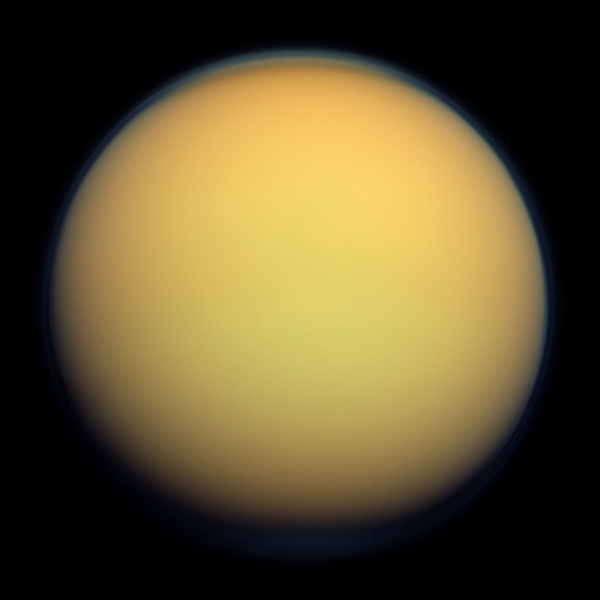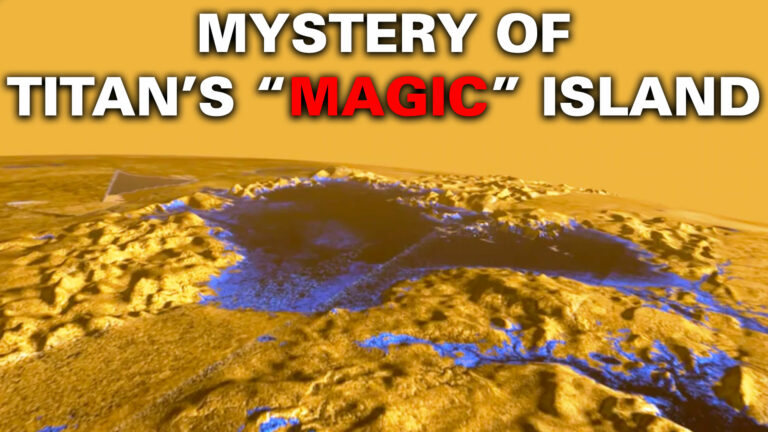Potential Organic Solid Blobs Might Explain Titan’s Enigmatic ‘Magic Islands
When Cassini, the bus-sized spacecraft, transmitted radar scans of Saturn’s moon Titan, the findings astounded scientists. The scans unveiled immense lakes or seas filled with liquid methane, devoid of any waves, showcasing what appeared to be islands within these vast bodies of liquid. Now, a group of researchers speculates that these could be clusters of organic molecules formed in Titan’s atmosphere, gathering in the lakes and drifting across them.
Cassini embarked on its mission in October 1997, traveling a staggering 3.5 billion kilometers, utilizing gravitational slingshots from Venus (twice), Earth, and Jupiter before reaching its destination in July 2004. The Saturn mission spanned 14 years, during which Cassini completed 290 orbits around the planet, extensively exploring its moons and unveiling the existence of seven new ones. The journey culminated with Cassini’s deliberate plunge into Saturn’s atmosphere on September 15, 2017.

A notably fascinating segment of the mission centered around the Huygens probe, which joined Cassini on its journey toward Titan. Titan, Saturn’s largest moon, stands as the second-largest moon in our Solar System, surpassing both our own Moon and even the planet Mercury in size. Moreover, it distinguishes itself as the sole moon identified to possess a dense atmosphere along with substantial, enduring bodies of water on its surface.

Titan’s atmosphere holds an intriguing capability: it converts gases like methane and nitrogen, abundant within it, into organic compounds. Under the guidance of Xinting Yu from the University of Texas, a team delved into the fate of these compounds upon reaching the moon’s surface.
Remarkably, their research unveiled that these compounds transition into solids upon landing, even within the lakes. Exploring the subsequent behavior of these solids became the team’s primary focus. If these solids were structured akin to a sponge, largely comprising empty spaces, they would effortlessly float. Conversely, if they existed as dense solids, their buoyancy would hinge on their composition; otherwise, they’d sink to the lake floor.
Among the enigmatic characteristics of Titan’s lakes was the detection of transient bright spots via radar, referred to as ‘magic islands’ due to their fleeting nature. The team concluded that the most plausible explanation for these observations lay in the porous nature of the solid material arriving on the surface, coincidentally within the lakes, granting it the ability to float.
This article is republished from UniverseToday under a Creative Commons license. Read the original article.
Do not forget to share your opinion with us to provide you with the best posts !




0 Comments